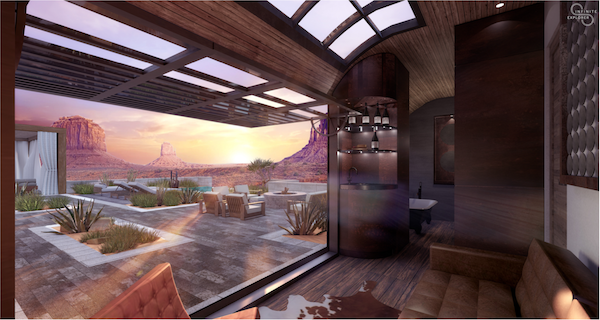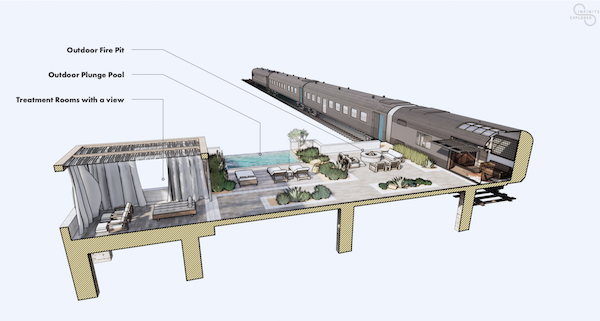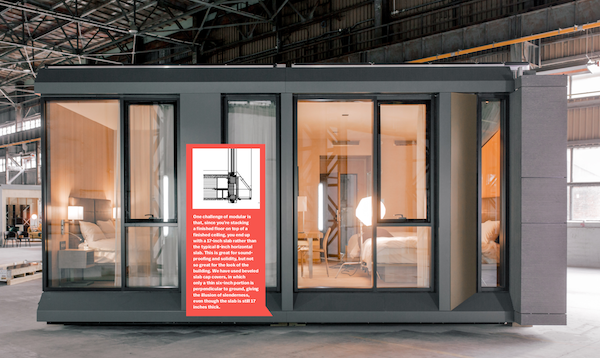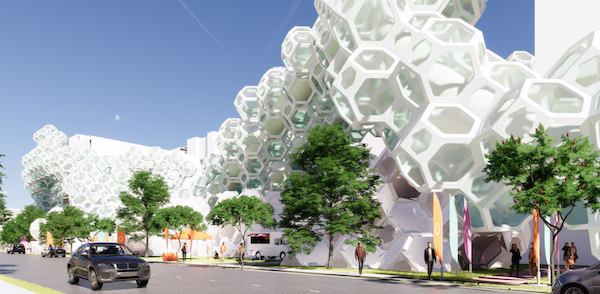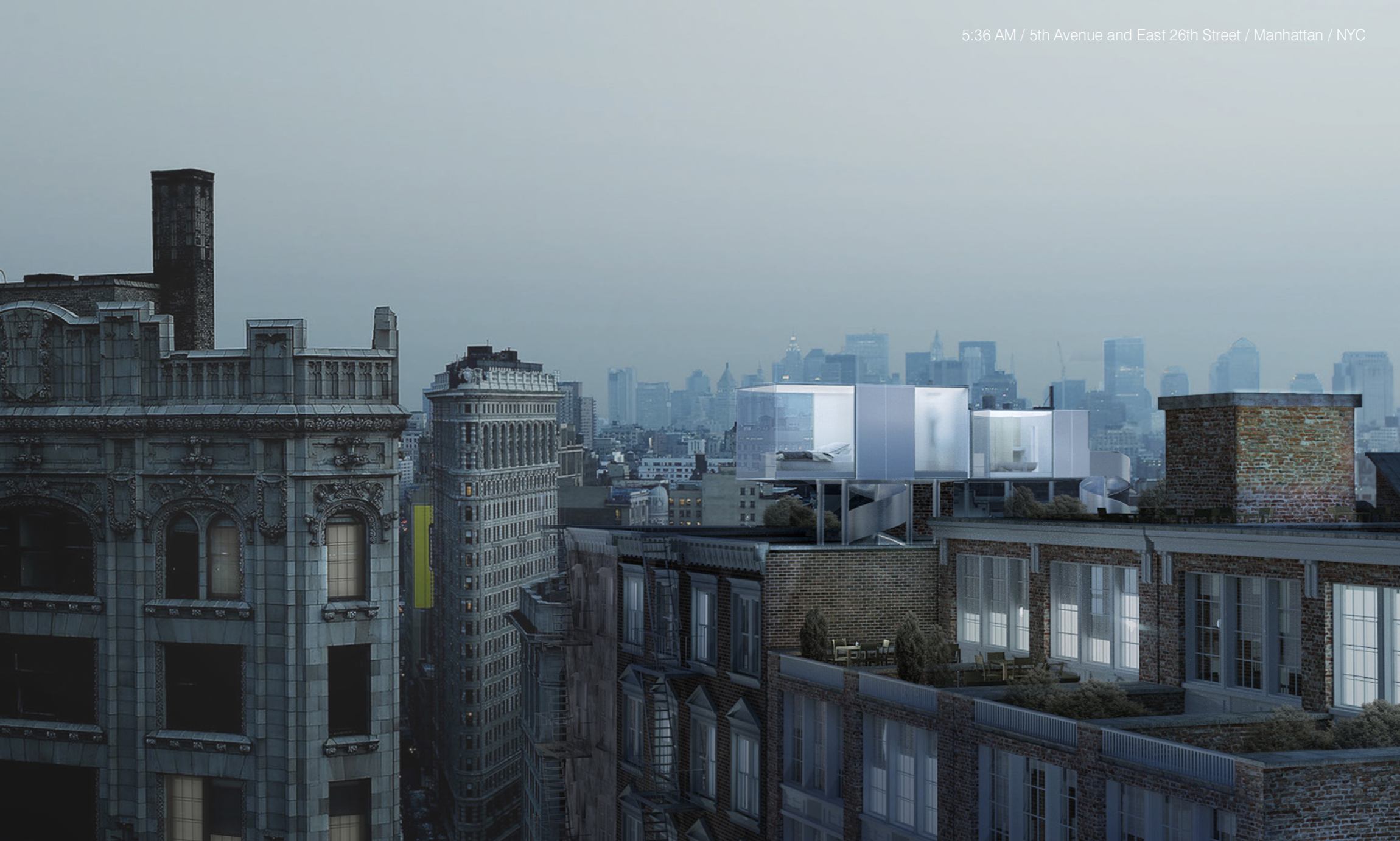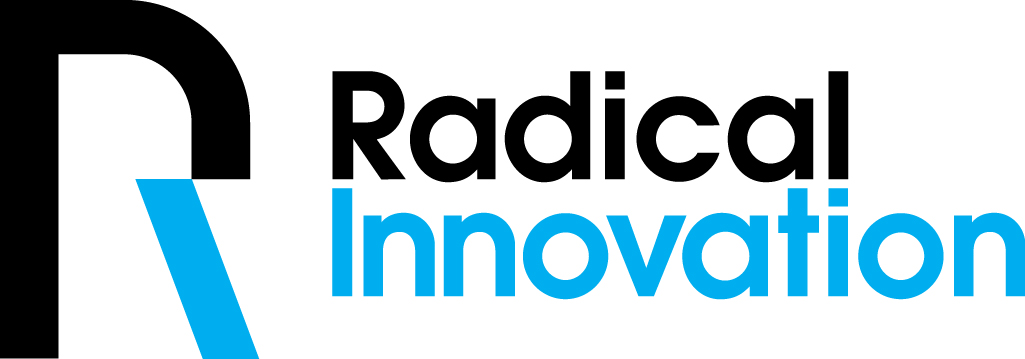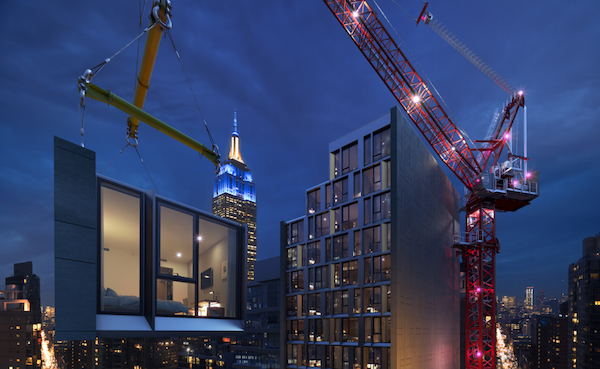
Cooper Carry, Danny Forster & Architecture, and SB Architects competing for the Grand Prize in New York City in October
Radical Innovation, a competition and year-round community that challenges designers, hoteliers, and students to pioneer compelling ideas in travel and hospitality, is pleased to announce the finalists for its 13th annual edition. The three finalists are: Infinite Explorer by SB Architects, San Francisco, Volumetric High-Rise Modular Hotel by Danny Forster & Architecture, New York, Connectic by Cooper Carry, New York. These three firms will compete in a live pitch presentation at the New Museum in New York City this fall. After presentations, a live audience vote will be held to determine the grand- prize winner of $10,000 and the runner-up prize of $5,000. All of the finalists will have an opportunity to meet industry experts who can help further their concept.
Finalists were selected by a jury of hospitality and design experts: Claude Amar, Managing Director, The John Hardy Group International; Wing T. Chao, Founder, Wing T. Chao Global Advisors; John Hardy, President/CEO, The John Hardy Group; Michael Medzigian, Chairman & Managing Partner, Watermark Capital Partners, LLC; Jena Thornton, Principal, Hospitality, Kinzer Partners; Simon Turner, Managing Director, Alpha Lodging Partners, LLC; and James Woods, WeWork. The Radical Innovation jury selected the finalists based on creativity and design, as well as their potential feasibility and ability to impact the industry. Three professional finalists were chosen from an impressive selection of nearly 50 entries submitted from more than 20 countries.
In addition to the three professional finalists, the jury selected one student submission from among the many entries. This year’s student winner is Rooftop Hotel Gardens by Ruslan Mannapov and Airat Zaidullin from Kazan State University of Architecture and Engineering (KSUAE) in Russia. They will both be invited to join the professional finalists on-stage at the New Museum to present this unique spatial hospitality concept. They will also receive a $1,500 cash prize and the opportunity to pursue a graduate assistantship in the Master of Architecture program at the University of Nevada Las Vegas, provided by long-time Radical Innovation supporter UNLV. The total two-year value is estimated at more than $50,000.
Additionally, the jury selected two honorable mention student entries including: Michal Witałis from the Poland’s Academy of Fine Arts in Cracow for his ecological remote destination concept, Revo, and Sharareh Faryadi from Iran’s Ferdowsi University of Mashhad for her ecological desert protection concept, Nebka Protective System. Radical Innovation is produced by The John Hardy Group with support from founding sponsor Global Allies as well as Beyer Brown, Castell, Canyon Equity, Craft House, DFL Legal, Greenview, Hilton, HLI, Kinzer Partners, Martin Stringfellow Associates, Rivur, Robert Douglas, The Son And Sons Brand Agency, UNLV School of Architecture, WeWork, and 2019 media partner Dezeen.
Infinite Explorer | SB Architects | San Francisco
Infinite Explorer is a hospitality concept that helps travelers connect with remote destinations using the American West’s defunct passenger rail lines which now span the nation. railways are now silent and forgotten vestiges of our past. Many of these railways span untapped, truly glimpse of the immense beauty that passes by outside their window, but imagine if you could step out What were once bustling breathtaking, locations, but provide no footing for hospitality development. The Infinite Explorer provides a unique opportunity to embrace and transform the existing infrastructure of these underutilized spaces, making the unreachable, reachable. Train travelers usually only capture a of your cabin into the wilderness to feel, touch, and smell it? Each stop along the route is unique and designed with an immersive program of activity, including outdoor adventures, wellness and dining; designed to astound, delight and capture the guest’s imagination at every turn. The Infinite Explorer is a one-of-a-kind hospitality experience. One train, infinite possibilities.
Volumetric High-Rise Modular Hotel | Danny Forster & Architecture | New York
This Volumetric High-Rise Modular Hotel will be the world’s tallest modular hotel and one of the most stylish, combining modular efficiency with architectural flair. AC by Marriott at 842 6th Avenue, New York City, will be the tallest modular hotel in the world when it opens in early 2020. But it won’t just be a step up for modular design, it will be a step forward. The building leverages the advantages of modular construction, uses cutting-edge proprietary technology to address potential drawbacks, and, most importantly, put to rest the idea that a modular building can only be the sum of its factory-made parts. It’s stylish and architecturally expressive. And yes, 80 percent of the building’s square footage will be shipped in—precisely constructed and complete down to the curtains, TV, sconce and even art— from a factory in Poland. The perfect marriage of modular construction and inventive architectural design, this Manhattan AC points the way to the future by using accelerated design processes through VR software and off-site quality control to streamline the building process for builders anywhere in the world. DF&A and its tech partner patented a “Time Machine” technology that trains 3D cameras on each module at five different points in the construction process, so that clients, contractors, and architects can keep an eye on what’s being built. Furthermore, this technology syncs those images to the VR plans, which means off-site stakeholders and on-site factory workers can compare what a module looks like at a particular stage to what it should look like.
Connectic | Cooper Carry | New York
Connectic employs modular construction techniques to fill underutilized spaces by way of collapsible, modular units that are flexible and adaptable to respond to variety of environments. This concept could be used to build a pop-up hotel in remote area or to help solve problems of space and density in urban cores. Interstitial spaces between buildings, parking lots, forgotten pocket parks, and above buildings offer an opportunity for hotels of the future to use Connectic’s model to increase volume of available keys and amenities and connect neglected spaces to existing hotels. This would become an aggregation that can swell and shrink as needed. A collective of modules that are at once collapsible and reusable. Conflating multiple revenue streams into a single solution. And, a kinematic proposal to temporary events.
2019 STUDENT WINNER:
Rooftop Hotel Gardens | Ruslan Mannapov and Airat Zaidullin | Kazan State University of Architecture and Engineering (KSUAE) | Russia
Rooftop Hotel Gardens offers a hotel concept placeable in any city that gives guests a chance to experience skyline of cities in an isolated peaceful space fully merged with an urban environment. The conceptual hotel chain provides locations on rooftops and services throughout the city. Each guest can reserve a room on the open roof of any participating building. Thanks to a network throughout the city, if guests want, they have the opportunity to change place and module during the entire period of their stay.
2019 STUDENT HONORABLE MENTIONS:
Revo |Michał Witalis | Academy of Fine Arts in Cracow | Poland
Revo is a concept of an active hotel room deployment system that acts as a global network of services for travelers. From now on you are able to book your stay anywhere around the world. The building is no longer a limitation. The cabin can be delivered to your desired spot by a local supplier from the base nearby.
Nebka Protective System | Sharareh Faryadi | Ferdowsi University | Iran
Nebka Protective System is a concept that puts both ecotourism and resiliency against climate change at the forefront of its design. NPS is a new concept that, by organizing the spaces creatively, produces a space diagram which results in the survival of the cities close to deserts from the shifting sand. The architecture of this concept resembles natural Nebka sand hills, which grow a crown of plants and stabilizes the shifting sand to rescue the regions around “Kavir-e Lut” which are currently in an environmental crisis because of the impeding desert.


